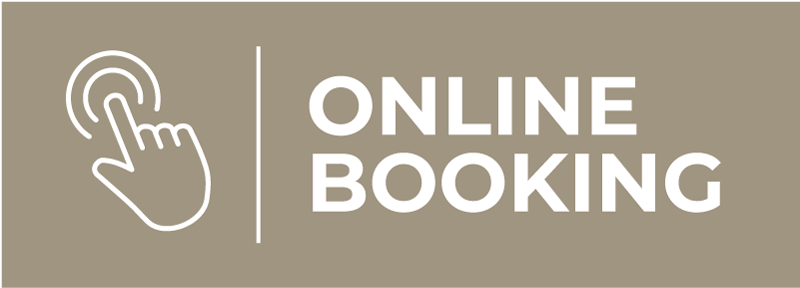About The Jaguar E-Pace
The E-Pace is the first small crossover SUV Jaguar produced and as such, there have been a few issues in their 7 year life cycle.
As an independent specialist working on JLR vehicles, we have both the knowledge and the specialist equipment required to update, diagnose and fix the E-Pace to the same high standards expected of a main dealer.
Below is a list of some of the common faults we have found on the Jaguar E-Pace along with symptoms and the solutions we are able to provide at our workshop.
Timing Chain Failure | 2.0 Diesel
The 2.0 diesel engine used in the E-Pace is the same Ingenium unit that is fitted to vehicles across the Jaguar Land Rover range and timing chain issues are very common on this unit. The timing chains stretch over time and if not replaced can cause irreparable engine failure. The root cause is oil degradation from incomplete DPF regenerations and insufficient oil changes, along with the construction of the chains and guides themselves.
Initially chain failure will present as a rattling noise on cold start and sometimes a Restricted Performance message will appear on the dash.
If failing timing chains are left for too long, they can jump time or snap causing the pistons to hit the valves, effectively destroying the engine. The plastic guides that the chains run along can also cause other problems too. As they wear down, plastic particles from the guides can make their way into the engine oil pickup system blocking it, this can lead to spun crankshaft bearings causing a bottom end failure or turbo failures due to insufficient oil supply.
If you have failing timing chains the solution is to replace the chains along with new guides, idlers and tensioners.
To read more about this issue, please take a look at our full article on 2.0 Ingenium timing chains.
Turbocharger Failure | 2.0 Diesel
The turbos fitted to the 2.0 E-Pace engines are known to fail. Turbo failure can manifest itself as a loss of power along with an engine management light.
If the failure is caused by an oil leak on the turbo unit itself and that leak makes its way into the exhaust system, you may notice a large amount of blue smoke coming out the exhaust, the level of smoke will likely increase under acceleration as this will cause the turbocharger to spool harder and take in more oil.
Sometimes, a turbocharger will give also some advanced warning of failure, you may hear a siren like whining or whistling noise that gets progressively worse. This warning should be taken as a clear message that it’s time to book in for a repair.
Replacement is often not as simple as removal and fitment of a new part, because any contamination in the oil delivery system could potentially cause a new turbo to fail shortly after it is installed. When fitting new turbos at K Motors, we perform a full engine flush and will recommend replacement of parts which we feel are at risk of contamination including intercoolers, feed pipes and filter screens.
Please see our Ingenium Turbocharger replacement guide for a complete estimate and a more detailed breakdown of symptoms and diagnostics.
To learn more about turbocharger issues on all Jaguar and Land Rover vehicles, please take a look at our full article on turbochargers.
Piston Cooling Oil Jet Solenoid | 2.0 Diesel Models
The 2.0 E-Pace uses an electronic solenoid to manage oil flow to the piston cooling jets. These jets apply oil to help keep piston temperatures under control when the engine is under load, reducing stresses and wear on the internals.
Unfortunately, these solenoids can fail, generally because of coolant leaking from the thermostat housing onto the solenoid body and electrical connector, shorting it out.
Please use the button below to view the estimate for piston oil cooling jet solenoid replacement on Ingenium Jaguar models.
AdBlue Issues | Diesel Models
All Jaguar E-Pace diesel models equipped with an SCR system, this is an emissions reduction system that uses Urea (AdBlue) to stop harmful Nitrogen Oxide (NOx) emissions coming out of the exhaust. This system is quite sensitive and can be expensive to repair if it goes wrong. If the system runs out of AdBlue, the car will become immobilised until the system is topped up, but if overfilled, the NOx sensors monitoring emissions levels can sometimes fail.
The SCR system could also start adding too much AdBlue into the system leading to increased consumption if there is a fault such as contamination or a sensor failure. If you have noticed an increase in AdBlue consumption or any other unusual behaviour, it is advised to get vehicle booked in for diagnostics.
Diagnosing SCR System – £74.50 inc. VAT Per Hour
NOx Sensor Replacement – P.O.A
For more information on SCR systems, please take a look at our full article on AdBlue and SCR Technology
DPF Failure | 2.0 Diesel
The standard EU6 exhaust system used on 2.0 diesel XE models would not fit the E-Pace as the bulkhead got in the way, so Jaguar engineered a longer exhaust that ran around the bodywork obstruction. Unfortunately, this causes heat losses in the system which means that a lot of the time, the DPF will struggle to regenerate properly, especially if the vehicle is only used for short journeys, increasing the risk of a blocked DPF. This will typically result in the car going into “Limp Mode” and the engine management light will illuminate.
A vehicle running with a partially blocked DPF can also cause excess fuel to be used in the injection process, effectively diluting the engine oil with diesel and reducing its ability to lubricate the engine. DPF blockages can often only be remedied with an expensive replacement filter.
This problem can affect all 2.0 diesel models but seems most common on the D150 models.
For more information on looking after your DPF please see this article on diesel particulate filters.
For a fitment guide and full estimate on DPF Replacement, please head to our DPF Failure page using the button below.




